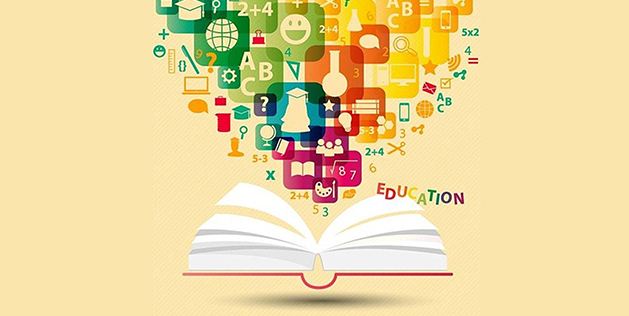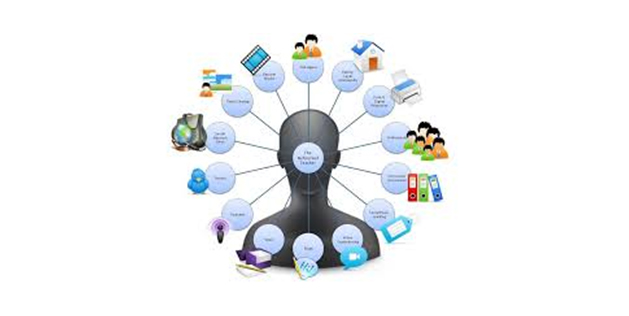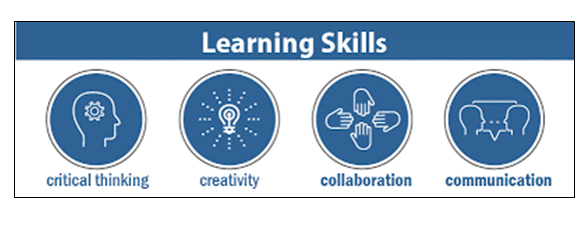How to choose the right curriculum for your child?
Choosing the right curriculum for your child is one of the most important decisions you'll make as a parent. It has the power to shape their educational journey, influencing their learning style, interests, and future goals. With so many options available, it's understandable to feel overwhelmed. This article aims to provide clarity, outlining factors to consider and helping you select a curriculum that aligns perfectly with your child's unique needs.
Importance of Creativity in School Curriculum

1. Enhances Critical Thinking Skills
Students who engage with creativity in the classroom develop a strong foundation for critical thinking and problem-solving skills. This goes beyond rote memorisation, as creative endeavours demand decision-making and the ability to approach challenges from different angles.
2. Prepares for Real-world Challenges
The ability to be creative is essential in today's complicated and ever-changing world. Students gain the ability to adapt to new circumstances, investigate creative solutions, and strengthen their capacity to handle obstacles in the real world by incorporating creative components into the curriculum.
3. Fosters Individual Expression and Confidence
Creative activities provide students with opportunities to express themselves in unique ways. This fosters self-confidence and a sense of individuality as students learn to trust their ideas, make decisions, and take ownership of their work.
4. Promotes Collaboration and Communication
Many creative projects involve collaboration and communication. Whether working on group projects, participating in artistic endeavours, or solving problems creatively, students develop interpersonal skills that are important in both academic and professional settings.
5. Increases Engagement and Motivation
Creativity adds an element of excitement and novelty to the learning process, making it more engaging for students. When lessons are infused with creativity, students are more likely to be motivated, positively impacting their overall academic performance.
6. Prepares for Diverse Career Paths
In today's rapidly evolving job market, employers prize creativity as an asset. By integrating creative elements into the curriculum, schools equip students with the skills they need to thrive in various careers, fostering innovation, originality, and the ability to think outside the box.
Integration of Collaborative Skills in School Curriculum

1. Enhances Social Skills
Integrating collaborative skills into the school curriculum helps students develop strong social skills. Working in groups or teams requires effective communication, active listening, and understanding and respecting diverse perspectives.
2. Prepares for the Workforce
Collaboration is a fundamental skill in the modern workforce. By incorporating collaborative activities into the curriculum, students gain practical experience in teamwork, preparing them for future professional environments where collaboration is often essential for success.
3. Encourages Critical Thinking
Collaborative learning often involves discussions and problem-solving activities. This encourages students to think critically, analyse information, and contribute ideas within a group context, fostering a deeper understanding of the subject matter.
4. Promotes Diversity and Inclusion
Collaborative skills teach students to appreciate diversity and inclusion. Working with peers from different backgrounds and perspectives enhances cultural competency, broadens perspectives, and promotes a more inclusive learning environment.
5. Develops Leadership Skills
Collaborative activities allow students to take on leadership roles within a group setting. This helps develop leadership skills, including delegation, motivation, and conflict resolution, which are valuable qualities in academic and professional settings.
6. Builds a Sense of Community
Collaborative learning creates a sense of community within the classroom. Students learn to rely on and support each other, fostering a positive and cooperative atmosphere. This sense of community contributes to a more positive overall school experience.
Incorporating Communication Skills into the School Curriculum

1. Foundation for Academic Success
Communication skills are fundamental for academic achievement. Integrating communication skills into the school curriculum ensures that students can express themselves clearly, participate effectively in class discussions, and comprehend and convey complex ideas, laying the groundwork for success in various subjects.
2. Preparation for Real-world Scenarios
Effective communication is an important skill in real-world scenarios. By incorporating communication skills in the curriculum, students are better prepared for diverse situations, such as job interviews, collaborative projects, and public speaking engagements, ensuring they can confidently navigate these scenarios.
3. Promotes Active Listening
Communication is a two-way process, and practising active listening is important. Incorporating communication skills education emphasises the importance of listening attentively, understanding others' perspectives, and responding thoughtfully. These skills contribute to meaningful interactions and mutual understanding.
4. Enhances Digital Communication Skills
In the digital age, communication extends beyond face-to-face interactions. Including communication skills in the curriculum encompasses teaching students how to effectively communicate through various digital platforms, including email, video conferencing, and social media, preparing them for modern communication demands.
5. Encourages Collaborative Learning
Communication and collaboration go hand-in-hand. Integrating communication skills into the curriculum promotes collaborative learning experiences, where students engage in discussions, share ideas, and work together on projects. This not only enhances their communication abilities but also fosters teamwork and cooperation.
6. Cultivates Confidence
Effective communication instils confidence in students. Whether presenting in front of the class, participating in debates, or engaging in group activities, incorporating communication skills into the curriculum provides opportunities for students to build confidence in expressing themselves, contributing to their overall personal development.
Conclusion
Choosing the right curriculum is a decision that shapes your child's entire educational journey. To truly prepare them for success, a holistic approach is essential – one that fosters creativity, collaboration, and communication. The HDFC School understands this deeply, embedding these elements into its curriculum. Creativity sparks innovation in students, collaboration teaches the power of teamwork, and communication skills equip them for real-world interactions. This approach goes beyond traditional academics, ensuring your child develops the adaptability, critical thinking, and social intelligence needed to thrive in our ever-changing world. By choosing a curriculum that prioritises these skills, you invest in a future-proof education that unlocks your child's full potential. To know more about our Website click here Gurgaon, Pune , Bengaluru
